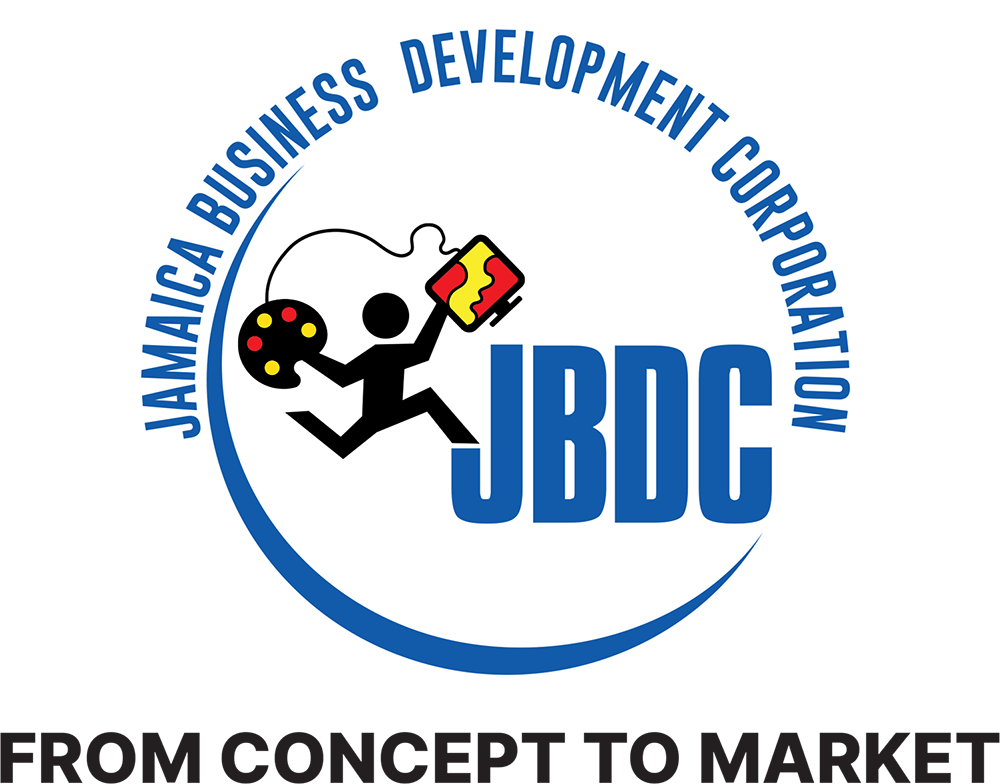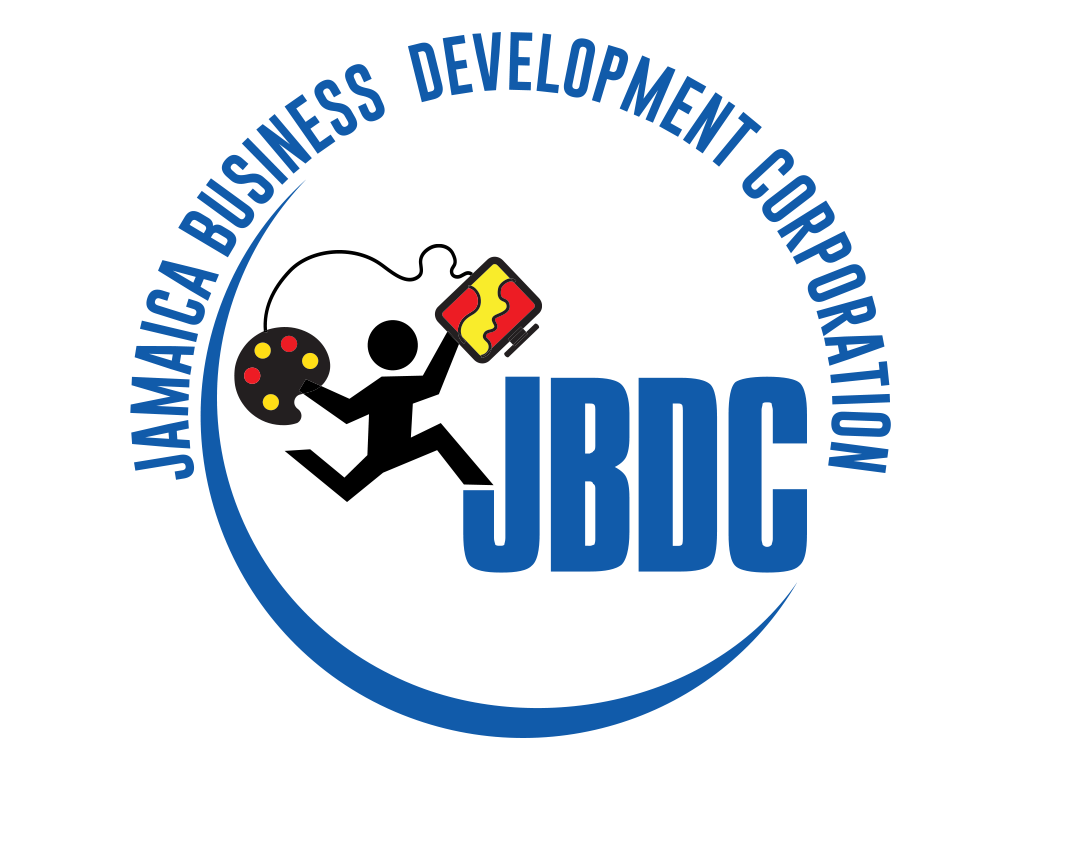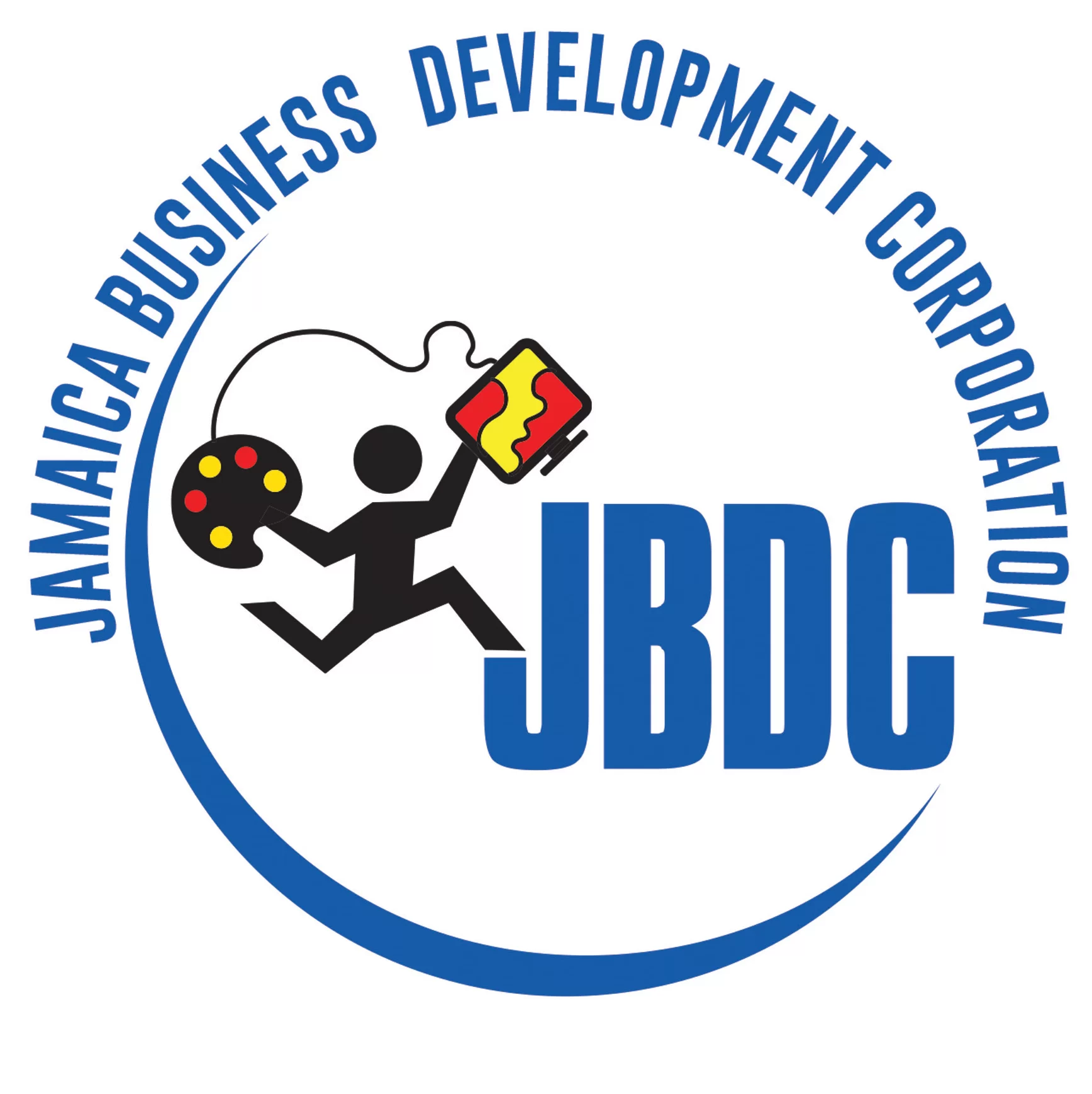Welcome back to the Entrepreneur Weekly, your weekly dose of business information from Jamaica’s premiere business development agency, the Jamaica Business Development Corporation (JBDC), ‘From Concept to Market’. By now your business goals for 2024 have been elevated to SMART Goals with corresponding Key Performing Indicators. So, you may feel as though business should be smooth sailing from here. The thing is, Murphy’s Law says, “Anything that can go wrong will go wrong”. How can entrepreneurs detect, correct and learn from these mishaps when they occur? No matter how SMART the goals are, entrepreneurs must have foresight.
We present Kaizen – a Japanese concept which translates to ‘change for the better’ or ‘continuous improvement’. Investopedia explains, “It is a Japanese business philosophy that concerns the processes that continuously improve operations and involve all employees. Kaizen sees improvement in productivity as a gradual and methodical process.” Small businesses are continuously affected by limited access to resources, as such it is important that resources are used efficiently. With Kaizen, your overall operations are always being monitored by all team members to detect problems and improve the overall business processes.

Colin Porter, Technical Services Manager at the JBDC says, “One of the beauties about Kaizen is that it is practiced in a setting where anyone can make improvement. For example, everyone likes Toyota cars. They’re reliable and efficient. This is because Toyota encourages and empowers all employees to identify areas of potential improvement and create viable solutions. That is, if a production worker on the assembly line is molding a component to the car body, he can improve that particular task to make it more efficient. No matter how low a position he’s on the assembly line, they can discuss that suggestion and make that improvement. Everyone benefits. It is all inclusive. Anyone can make a change.” In Toyota, this is called Kaizen blitz.
Kaizen is paired with the Plan-Do-Check-Act (PDCA) cycle as a framework for strategically managing business solutions. Like Kaizen, PDCA seeks to maximise productivity through continuously improving operations.
Porter further breaks down the PDCA cycle:
- Plan: Clearly define your objectives and plan the necessary steps to achieve them. Identify potential challenges and develop strategies to address them. “So, when we talk about plans, what it means is identifying or recognising a challenge or a process and come up with some opportunity for improvement or change. But you plan how you go about that change. Once you identify that problem and a possible solution, then you have to think about how you’re going to implement that solution,” he explains.
- Do: Porter added, “Once you have that figured out, the next step, which is the ‘Do’ stage, is where you’ll carry out the process of testing that solution, or testing that change. You may require different iterations of it, and you’ll carry out a study, or analysis to see if the test meets your requirements or the objective of the change that you want to solve the problem. Implement the planned changes on a small scale. This step allows for testing without significant disruption to the entire operation.”
- Check: “Then you go to the check, or some people refer to it as a Study Speech. You review the test. Evaluate the results of the implemented changes against the objectives. Analyse data and feedback to determine the effectiveness of the change, and see what you have learned from that. Did it meet the requirements? Did it meet the objectives? Did it fall short? Why did it fall short? So, you’re basically checking through to ensure that there are no more gaps,” he added.
- Act: “Based on the evaluation, decide whether to standardise the changes, adjust them, or abandon them. If successful, incorporate the improvements into standard operating procedures,” Porter pointed out.

Integrating Kaizen and PDCA for Optimal Results
Kaizen and PDCA is not just for large companies like Toyota. In fact, Porter says, “these commodity tools are even more ideally suited for small businesses because they are a lot more flexible, you can make decisions quicker so your process can be much faster than a large organisation where there is hierarchy.” This technique requires minimal resource as it is decision-based, practice-based, and habit-based. Whether you are offering a product or a service, Kaizen can be integrated into your process.
- Small Steps, Big Impact: Identify and implement small changes regularly. Cumulatively, these incremental improvements lead to significant enhancements in efficiency and quality.
- Team Collaboration: Foster an environment of collaboration. This can unveil novel perspectives and solutions that contribute to overall business improvement.
- Feedback Loops: Establish feedback mechanisms to capture insights from your team and customers, continuously. Regularly review this feedback to identify areas for improvement and innovation.
JBDC’s Operation Improvement Services
JBDC recommends implementing these techniques in your business to drive efficiency. “Through our Technical Services team, and in particular with our Production Engineers and Industrial Engineers, we support clients with operations improvement, quality improvement & control, that can impact the improvement of the business’ performance,” Porter pointed out.
JBDC’s Incubator & Resource Centre (IRC) is equipped with the equipment and technology to help you get started. Porter says, “The Engineers use quite a range of tools from manufacturing to client flow, and work closely with other units who analyse and support other aspects of the client’s business. At the end of the day, we hope that we can help clients to make that shift and to improve the performance of their organisation with application of these techniques.”
Visit www.jbdc.net to get started with a consultation.
Author










